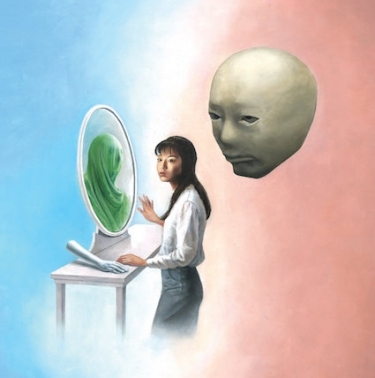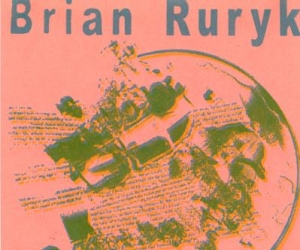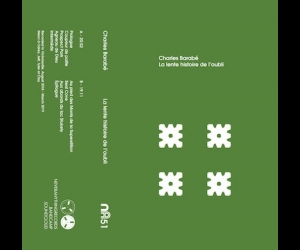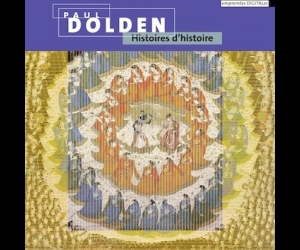
Giant Claw is the vapourwave–plunderphonics sound-collage pseudonym of musician, visual artist, and Orange Milk label-boss Keith Rankin, of Columbus, Ohio. Soft Channel, his new album, is a paradoxical object, at once one of the most fragmented and one of the most listenable variants on the vapourwave lexicon. Whereas vapourwave fellow travellers like James Ferraro and Daniel Lopatin (aka Oneohtrix Point Never) after all their philosophical play, ironic nostalgia, and fractured aesthetics, often end up adhering to relatively straightforward affects and structures—whether pop, house, hip-hop, metal, advertising jingle, or soundtrack—Giant Claw pursues the aleatoric mimesis of digital plunderphonics, sonically representing the experience of Internet culture.
Playing celestial harmonies off fragmented jazz and big club beats filtered through glitchy ephemera, the music is radically unpredictable from moment to moment, and is often gorgeous. The opening “Soft Channel 001” veers wildly between attractive snatches of song—choral or orchestral—and the interruptive finality of deep, synthesized kick-drums and moments of complete silence, all within an episodic structure that takes the piece in several tonally disparate directions before it concludes on a note of melancholy intensity. The album’s remaining seven tracks move through thriller soundtracks, chamber music, and melodramatic pop affects, all rubbing shoulders, comfortably or otherwise, with a panoply of found and synthesized sounds.
Soft Channel occupies the frontier between sound art and song: its wilful incoherence signals its interest in abstract mimesis, but it never entirely loses sight of beauty. This is the difference between Giant Claw's plunderphonics and John Oswald's original rendering of it. Whereas Oswald’s reworked pop songs seem to critique cultures of celebrity and consumerism, with the aesthetic pleasure derived from the new object assuming somewhat secondary importance, Rankin’s music embodies a quintessentially twenty-first-century ambivalence about those ideas. His is an unabashedly Internet-age aesthetic of omnivorous referential play that delights in collisions of radically different types of information and affect. And delightful it is.


